Standing in the drawing room at Balmoral Castle, I feel transported into one of the most famous images of this century.
The Queen, mere days from death but remaining dutiful to the very end, met Liz Truss in this room two years ago to anoint her as Prime Minister.
That same week, the flags at the Deeside retreat so beloved by the monarch were lowered in mourning.
That photograph of a frail but smiling 96-year-old Queen Elizabeth II was the final one she ever appeared in as her 70-year reign reached its end.
It feels surreal to be in this room, etched into the minds of so many.
But it’s one of several “pinch-me” moments as I’m given an exclusive tour around the private home where history lurks around every corner.
The royals have treasured this secluded Deeside spot as a getaway from the spotlight. For generations, it has been shrouded in secrecy.
And now, for the first time, the doors are being opened for exclusive public tours.
During this eye-opening tour, we find out:
- What the royal family’s dining rooms (yes, there are two!), libraries and study are like – from the crockery they use to the paintings adorning the walls
- The fascinating stories of all the nooks and crannies at Balmoral Castle – some of which hold a special spot in the royals’ hearts
- How Queen Victoria commemorated her ever-lasting love for Prince Albert each night after his death
- How the drawing room where Queen Elizabeth II was last photographed has changed
- And a surprise appearance of a special someone that made the visit all the more memorable
A long-awaited Balmoral Castle tour
Rubbing the last of the sleep from my eyes, I arrive at Balmoral from Aberdeen for the visit I’ve been excited about all week.
I’d never normally be so chipper about the thought of a 5.30am alarm, followed by a two-hour drive.
However, this was different.
Like most visitors, I’ve only ever explored the grounds of Balmoral when enjoying a day trip here and there.
But I’d always been fascinated by the thought of what might lie beyond those hefty oak doors…
Would it be anything like our own homes, with a TV bunged in the corner and a few family photos on dusty bookshelves? Perhaps a shopping list stuck to the fridge with a magnet?
Or would it be the complete opposite? A grand palace of tall ceilings adorned with golden cornices and chandeliers twinkling overhead in displays of opulence?
Well, I was about to find out.
How involved was The King, I wonder…
The famous black gates slowly open and we enter the grounds, led by the Buckingham Palace official sent north to oversee the event.
I’m one of five writers visiting ahead of the launch of the lucrative tourism drive on Monday – the tickets for which sold out within hours of going on sale.
In case we were in any doubt about how seriously the royals are taking this, we learn that His Majesty himself will be popping up for a last-minute check this weekend.
Curator Sarah Hoare welcomes us at the door with a smile and tells us this has been in the works for more than a year.
And after a quick introduction to the tour, we walk into a completely different world.
Historic entrance hall: An impressive prelude to the interior tour
The walls are covered with centuries-old paintings, while 22 mounted stag heads stare down at you – all trophies claimed by the owners, with plaques noting the royal who hunted them along with the date and time.
The centrepiece of the impressive entrance hall is a beautifully carved oak fireplace from the 1830s.
It’s the only item in the castle that has been retrieved from the original residence there when Queen Victoria and Prince Albert bought the 55,000-acre estate.
At the back corner stands a life-size bronze statue of Malcolm Canmore.
Who, some might ask, is that?
Well, this is the first of many history lessons packed into the tour by our guide Angie Marr.
The bearded figure adopts a heroic pose, his crown painted in gold trim.
She explains how Canmore ruled over Scotland in the 11th century, and Balmoral’s original owner Victoria is a direct descendant.
Perhaps this also explains the family’s fondness for the Highland Games, as he invented the tradition that lives on so proudly to this day.
Rolling out the royal red carpet…
Angie concludes her history lesson with wishes of a “special and memorable day”, and we venture into “the red corridor”…
It feels like, quite literally, the red carpet has been rolled out for us.
We don’t have a picture of this room (photography is limited to preserve the exclusive experience) – but I’ll do my best to describe the spectacular scene.
The cream William Morris wallpaper, emblazoned with Queen Victoria’s crest, was specially designed for her Golden Jubilee in 1887.
Do not be fooled by its ancient origins however, as the wallpaper looks as fresh today as when it was unrolled.
Did you know William Morris designed the wallpaper 'Balmoral' for Queen Victoria? It features lozenges containing the Scottish thistle, a crown, and Victoria's royal cipher VRI.#royalprints #williammorris #balmoral #jubilee #queensJubilee #platinumjubilee #celebration #HM70 pic.twitter.com/t9RccxtM3J
— William Morris Soc (@WmMorrisSocUK) June 4, 2022
And in case you were wondering, there are more stags gazing down at us here too, perhaps even eyeing a likeness of the royal who sent them to their maker.
Dozens of statues and busts of family members line the long hallway, which ends with a very special portrait of Prince Albert.
I gaze in amazement at another painting by the staircase which is bigger than my living room wall. It’s The Deer Drive by Sir Edwin Landseer.
This artwork depicts land owned by Lord Breadalbane in Perthshire and represents a significant link between the royals and Scotland.
It was while staying with him in the 1840s that Victoria and Albert fell in love with this country – and decided to purchase their own Highland hideaway.
The human side of Queen Victoria
But the most poignant sight of them all is a life-size marble statue of Albert, carved in full Highland dress.
Heartbroken Victoria asked for it to be created two years after his death, while still deep in the mourning that came to define the latter years of her life.
Angie tells us how the bereft Queen would ask a member of staff to turn the statue around as she walked up the stairs to bed – so that his gaze would meet hers each night.
It was a story that showed the human side of this woman known to so many as an image in history books or glimpsed as statues herself.
And from that sentimental moment, there’s a quick change of mood.
Time for dinner?
Sarah has bashed the dinner gong, used for generations to signal feeding time for the royal brood.
It dates back to the Temeraire ship from the Battle of Trafalgar in 1805, and was presented as a gift to Victoria.
The sound fills the cavernous room, and I wonder if it might reach Ballater on its travels.
She smiles: “This was always used by Queen Victoria and Queen Elizabeth II at meal times.
“The royal family doesn’t use it any more, which is a shame because it has a great ‘dong’ sound!”
Dining room fit for kings and queens
Quite aptly, our next stop is the main dining room – where royals have welcomed Prime Ministers, President Eisenhower, the last Tsar and Tsarina of Russia and various other invited dignitaries.
And you can tell this is where they would take people they really wanted to impress.
There are 12 silver candelabras, displays of the finest china (still used by the royals), and oil portraits hung on every wall.
Silver statues of Highlanders with their faithful canine companions sculpted by Joseph Edgar Boehm sit at the centre of the table.
Thick curtains are designed in the Royal Stewart tartan, while the fireplace has thistle-themed prints to really hammer home the Scottish theme.
Long-standing Scottish tradition at Balmoral Castle still carries on
Of all the rooms in the castle, this is the one Angie is most intrigued by…
“If we could talk to the walls, we would most certainly pick this room,” she tells me.
“Can you imagine all the conversations at that dark mahogany table?”
That said, she does admit she wouldn’t have relished being the housekeeper in charge of all that antique crockery…
A dozen red leather chairs are arranged around it just now, but the Holland and Sons table shipped up from London can extend to fit many more guests.
This is where King Charles holds evening dinners to entertain family and guests, treating them to a piper’s performance at the end of each meal in a tradition dating back through the ages.
The Queen’s personal piper, Paul Burns, still plays at Balmoral dinners:
Uncovering centuries of royal history
Earlier on I mentioned that these tours had taken more than a year of preparation.
Much of that, Sarah confides, was learning the history of each nook and cranny.
She has been working as a curator at Balmoral Castle for 10 years now. And yet, this next part of the royal residence remained unknown to her.
Every single item shown off on the tour came with some sort of surprise discovery.
Or, in some cases, entire rooms…
The page’s lobby, next on our trip, was once Queen Victoria’s private chapel – though its 24 stained glass windows were removed when Edward VII gave it a makeover.
“Nobody on the estate knew about this,” Sarah exclaims as her eyes bulge with excitement.
“It took months of research, going through all sorts of royal archives, to discover each part of the castle myself.”
Another dining room, Highland attire… and something shiny!
More artefacts are stored in the room next door, which is used as a more humble family dining room – and not to wine and dine luminaries.
Encased in a glass box are five silver trowels, one of which was used to dig out the foundations of the castle and another the foundations of nearby Crathie Kirk.
In a corner room, seemingly hidden, is Prince Albert’s original Highland attire – replete with eagle feathers, his cap, pistol and other accessories.
Suddenly, something shiny catches my eye…
Among the trinkets – which wouldn’t look too out of place today at a Scottish wedding – glistens a smokey amber Cairngorms stone the size of my fist.
It’s one of Prince Albert’s trademark items and is featured in his very last portrait commissioned two weeks before his death, which is now hanging in the Red Corridor.
Somber memories flood in as we enter the drawing room…
We move on to the most poignant moment of our tour.
We next enter the drawing room immortalised in that last photograph of Queen Elizabeth II which adorned the front pages of newspapers across the world.
It’s been suggested that, amid her ailing health, the late monarch may have decided to travel to Balmoral that summer, knowing it would be where she saw out the end of her life.
Before we go in, one of our guides asked us to take a moment to remember Her Majesty.
Although some of the decor has changed, the sight of the room takes us back to that time of national mourning.
The large golden clock, looming in the background as The Queen smiled her last smile on camera, the large mirror above the neoclassical fireplace and vases are all the same.
A respectful hush falls across the previously chatty group.
The drawing room bears links to another of its late owners.
On the left side of the fancy fireplace is Queen Victoria’s favourite chair – an item that remains untouched by her descendants even after all this time.
What is The King’s private study like?
By this point, we have already been exploring the royal home for about an hour without realising how quickly time had passed.
We reach the King’s study, and our last stop.
At his antique desk overlooking the estate, he would spend some quality time with his thoughts and a good book.
Retreating into solitude after Albert’s death, this is where Victoria took most of her meals as she dined alone.
There are thousands of books on the shelves.
You might not find Harry Potter (I checked) but there are scores of tomes on history, politics, the Highland Clans and works about poetry and art.
Although, I must admit I’m unsure how enticing of a read The Registry of the Privy Council in Scotland actually is…
‘It’s been a privilege to work on this project’
Leaving Balmoral Castle, we head into the neighbouring restaurant.
The smell of fresh scones fills the air, and between bites I chat to Sarah about the experience, priced at £100 or £150 with afternoon tea.
Sitting across from me is Balmoral’s visitor enterprise manager James Hamilton-Goddard, who has been keeping a quiet eye on the tour.
He explains that this project has been “a real team effort”.
And they can’t wait to welcome thousands of eager visitors to these exclusive tours (which have already sold out rapidly) in the next five weeks.
James, who has been in charge of the team for five years, tells me: “It’s been an absolute privilege to be given an insight into their private homes… And to be let into their lives.”
He adds: “It’s something we never expected to have as an experience. It really has been amazing to work on this project.”
Surprise appearance caps off visit
But Balmoral has one last surprise…
As I get up to leave, I spot someone who looks remarkably like Queen Camilla from the corner of my eye – it’s her sister Annabel Elliot.
Annabel is the chief interior designer of The King’s estates and is checking in on the ongoing refurbishment of the restaurant – to make sure it will be ready for the big launch of the tours.
Stopping by our table, she greets us with a kind smile and asks for our thoughts.
“It was truly spectacular,” I smile up at her. And I mean it.
Read more:
- ‘I really miss her’: Queen’s personal reverend opens up about laughs with monarch who ‘knew everyone’ around Balmoral
- ‘It’s been an emotional year’: Queen remembered as King Charles continues family tradition at Braemar Gathering
- Why did Balmoral matter so much to the Queen? Everything you need to know about the Deeside castle fit for royalty
- Honeymoons, heritage and heartbreak… What does Balmoral mean to King Charles?
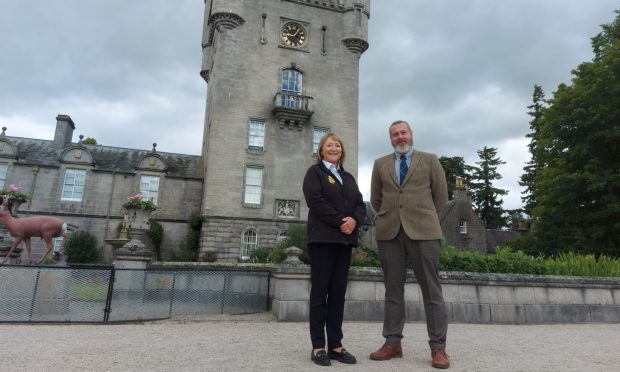
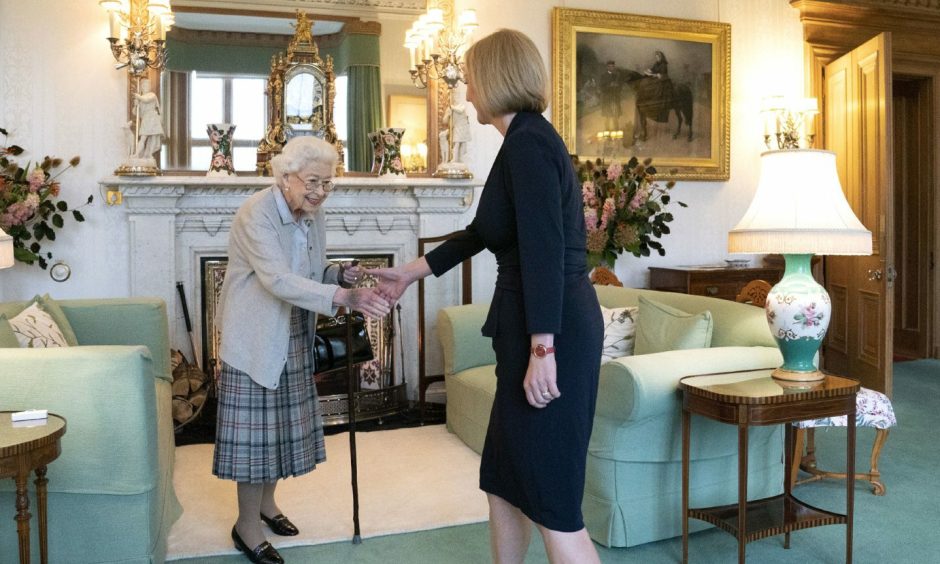
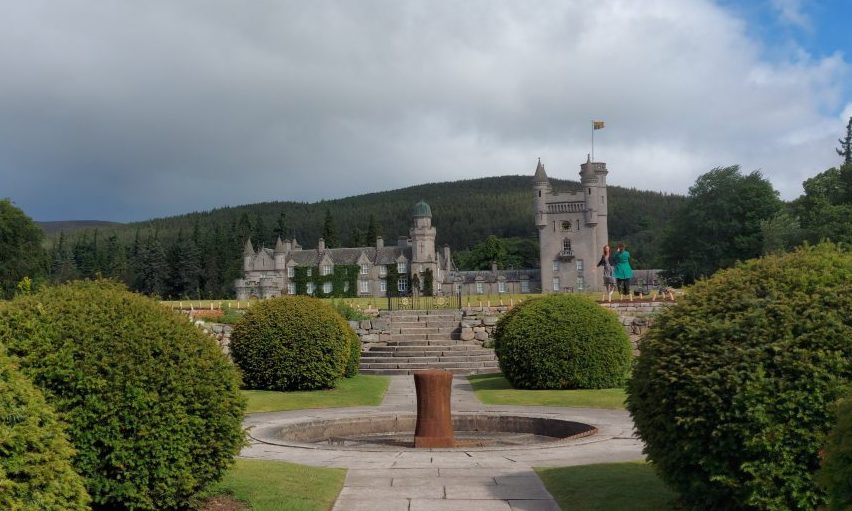
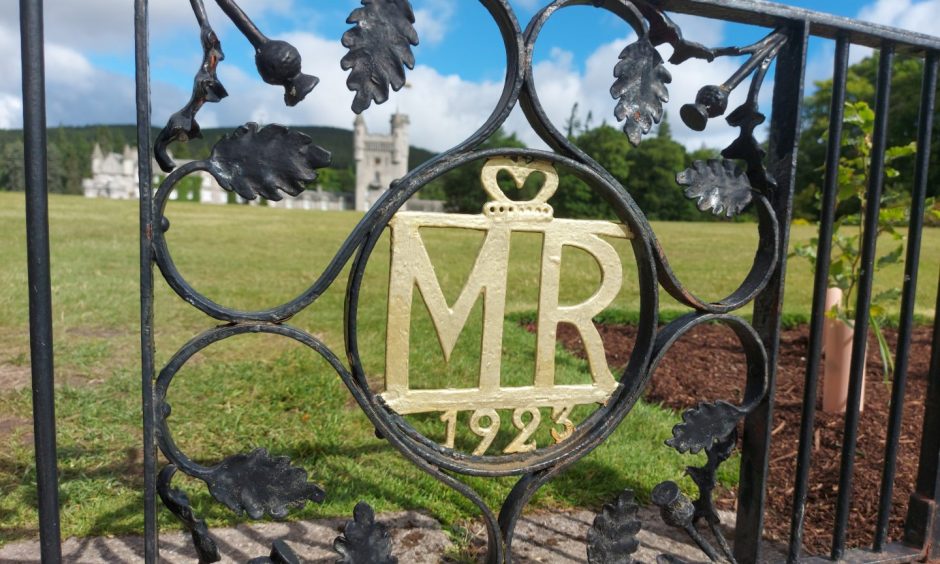
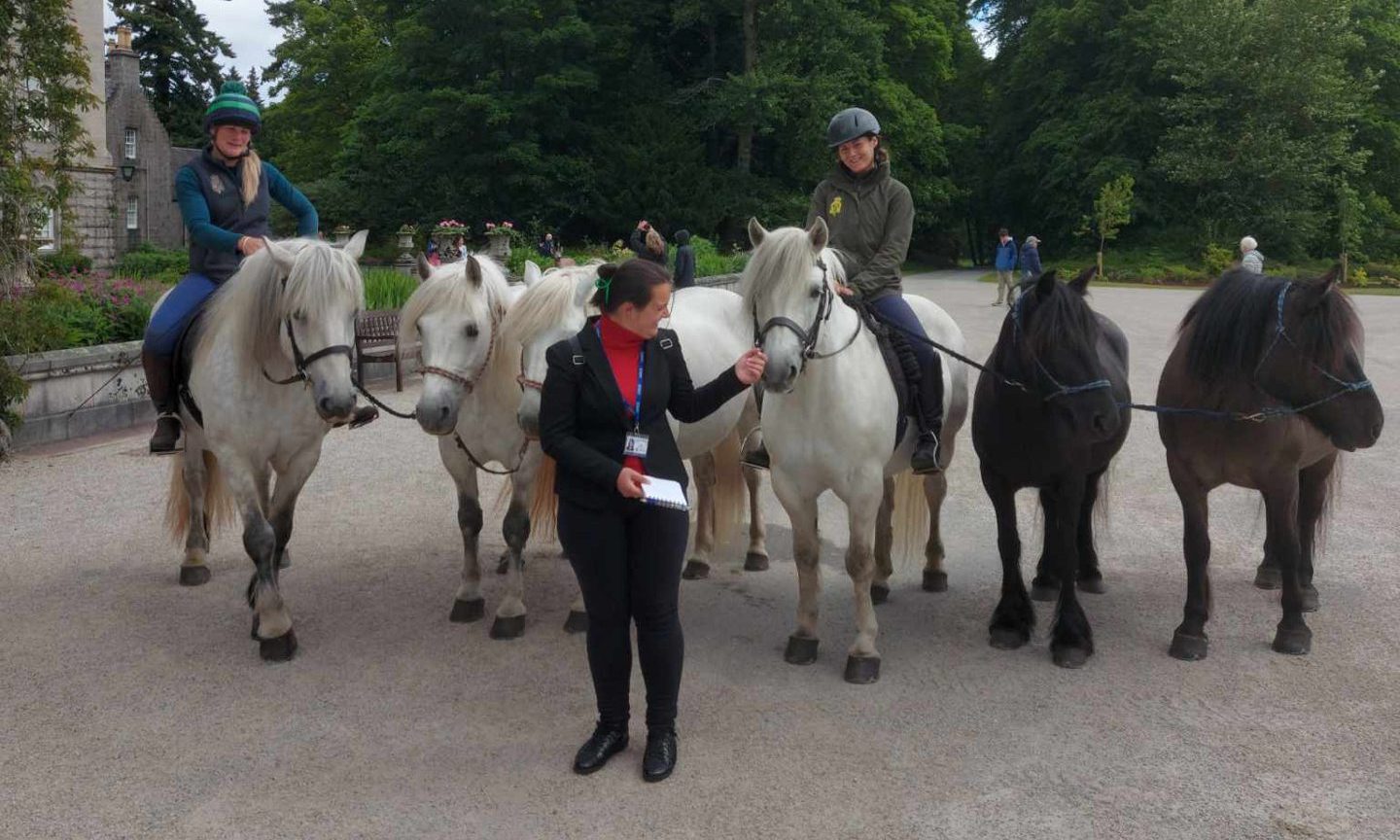
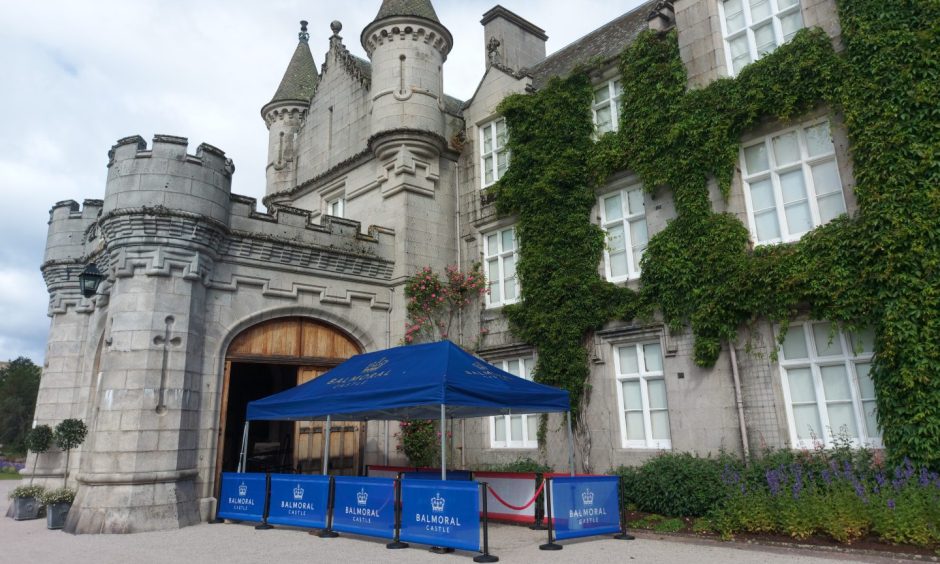
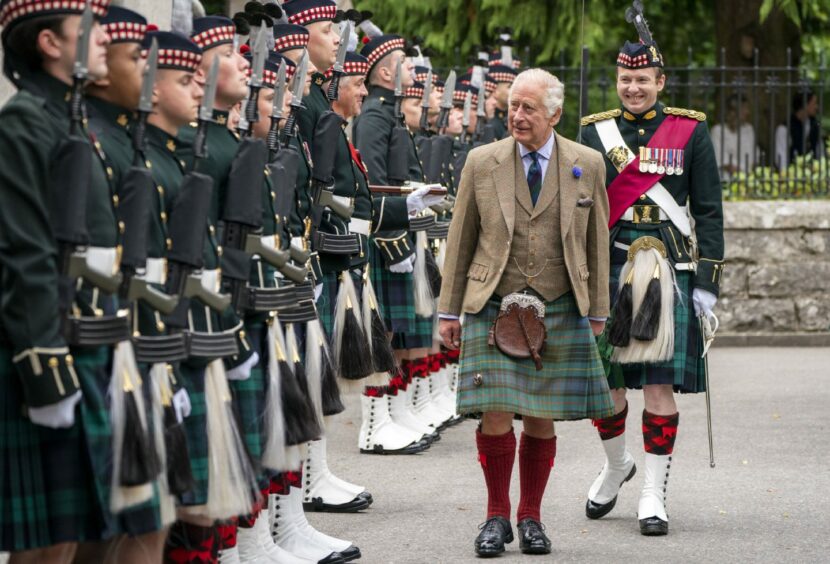
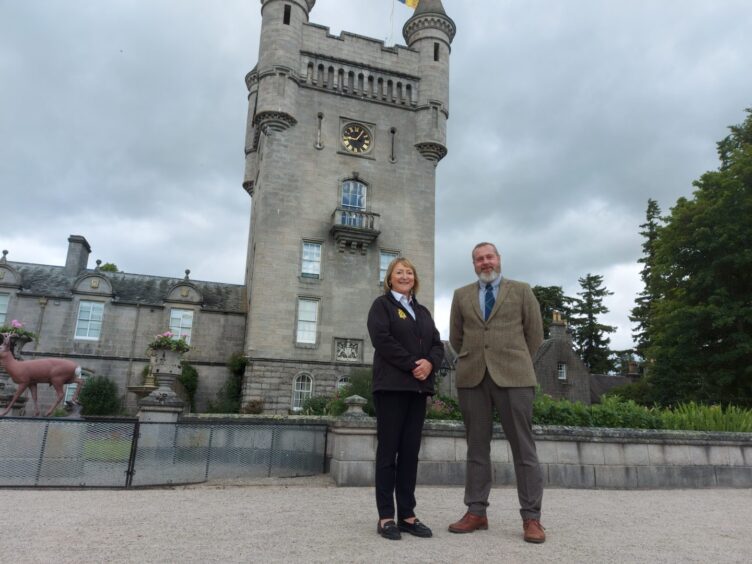
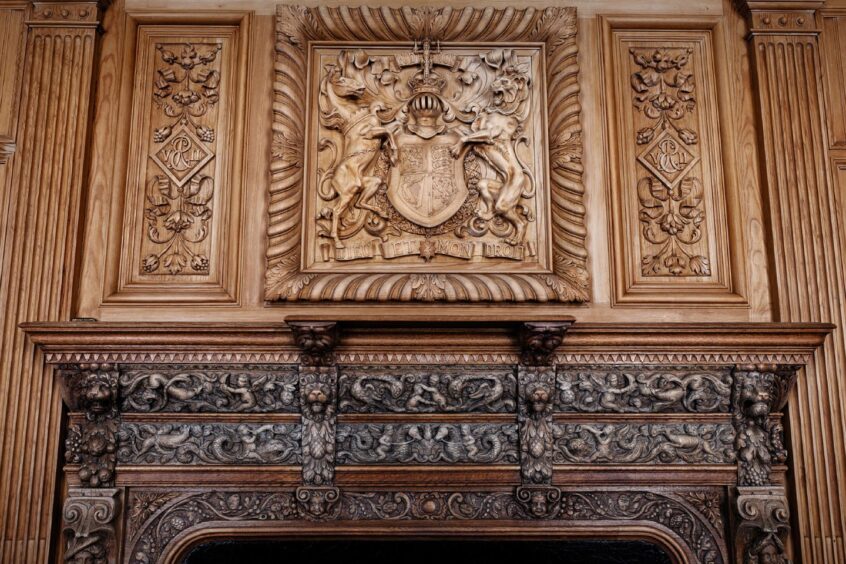
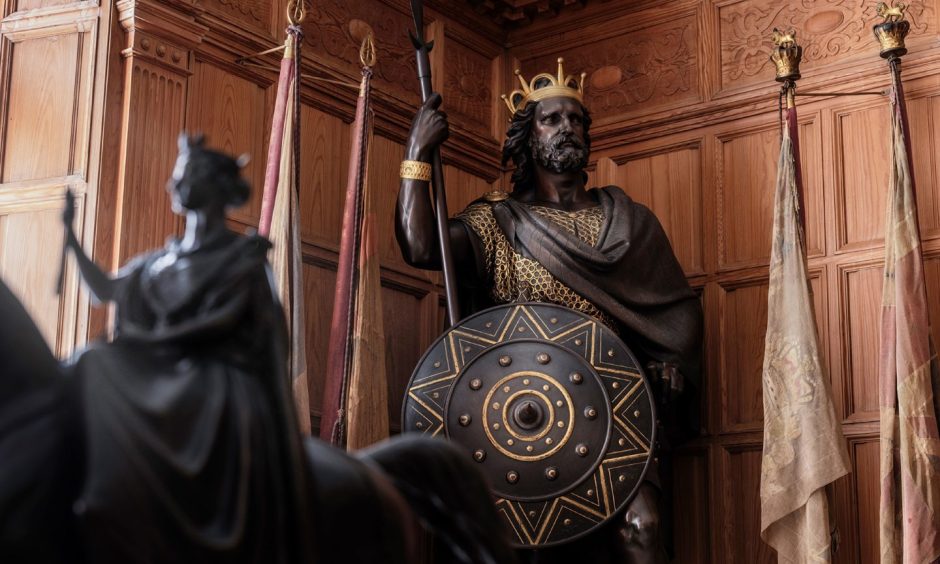
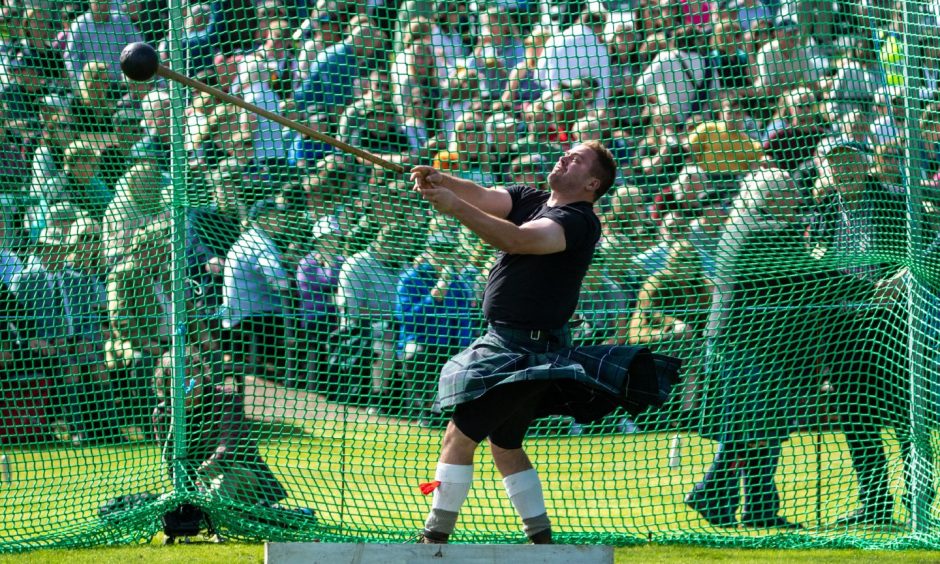
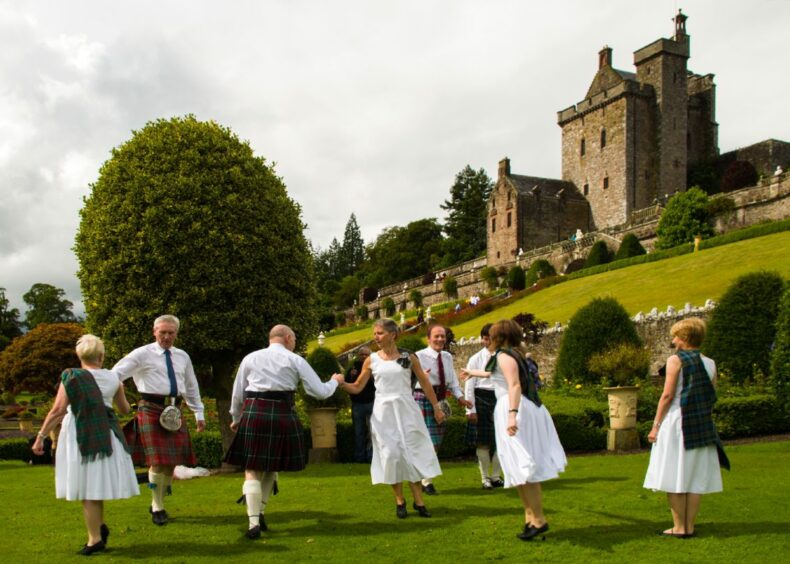
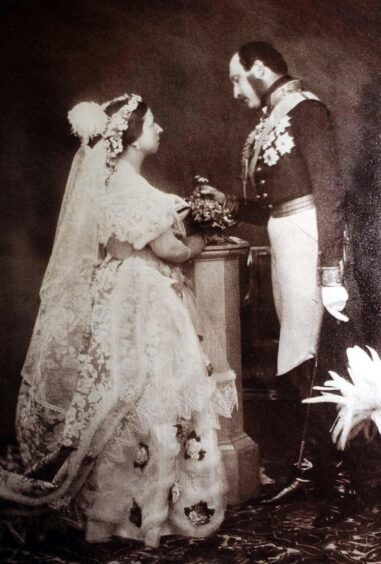
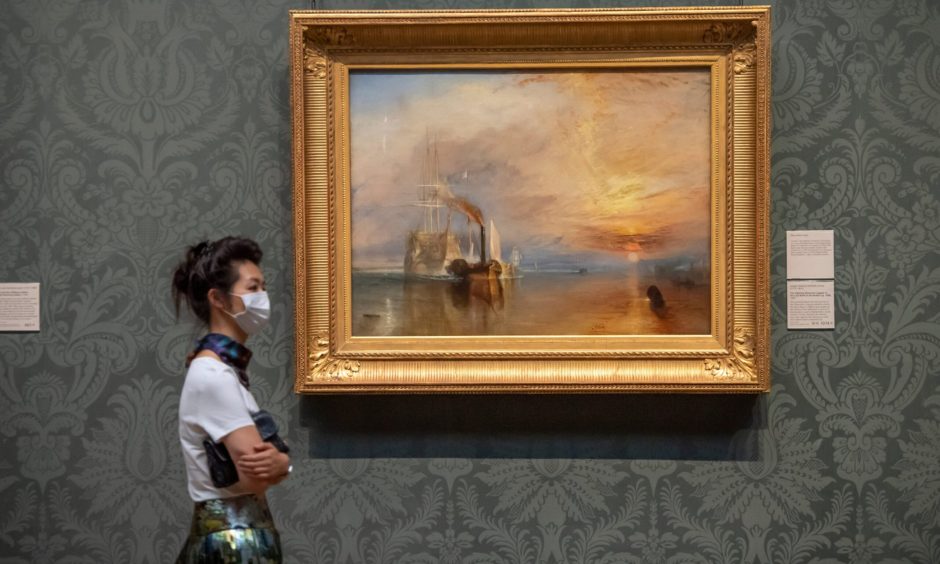
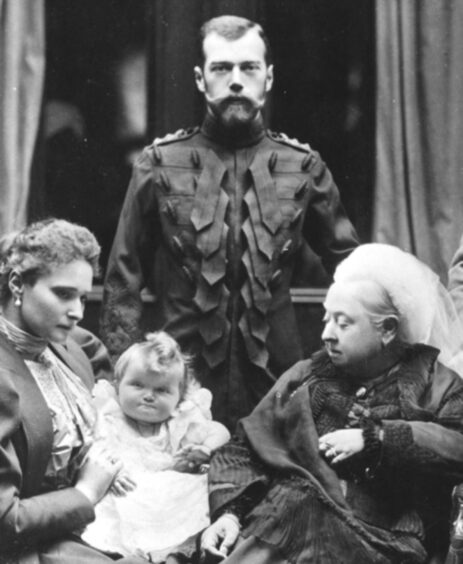
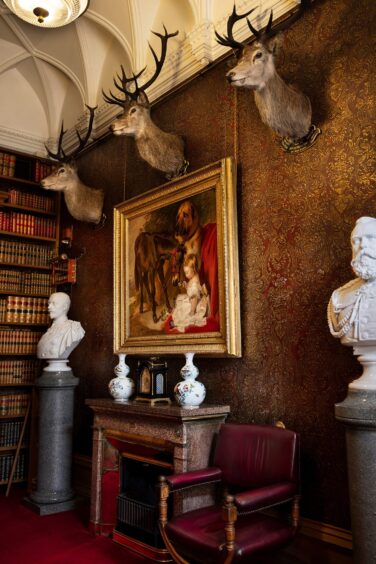
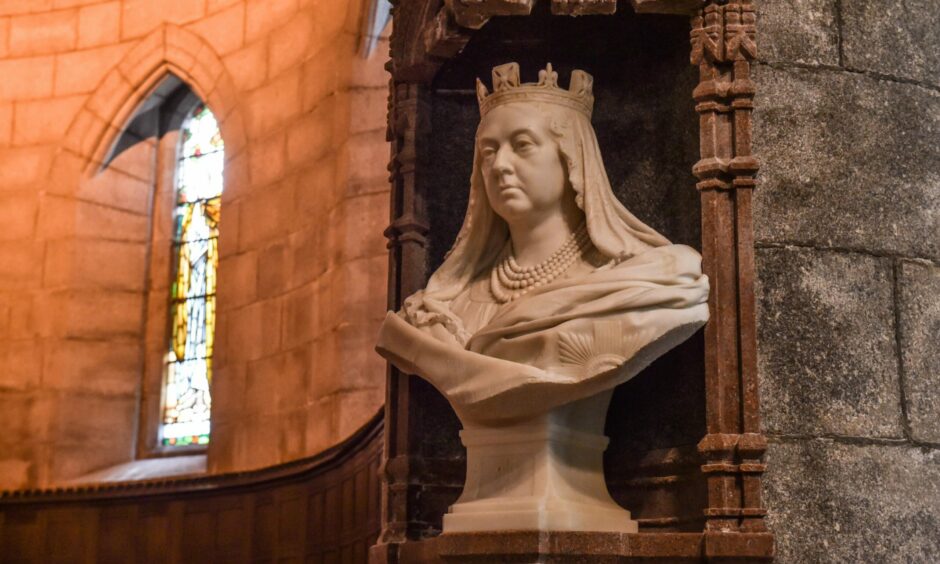
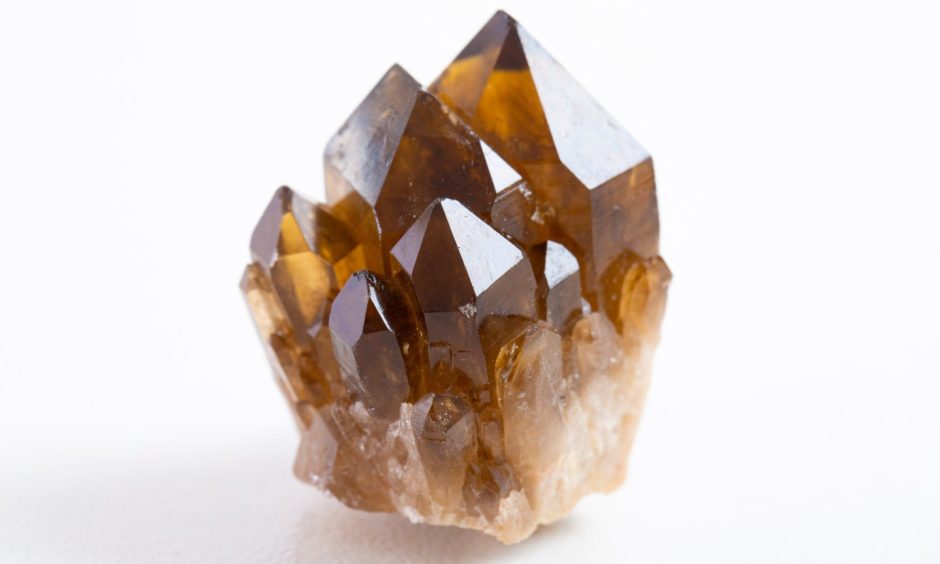
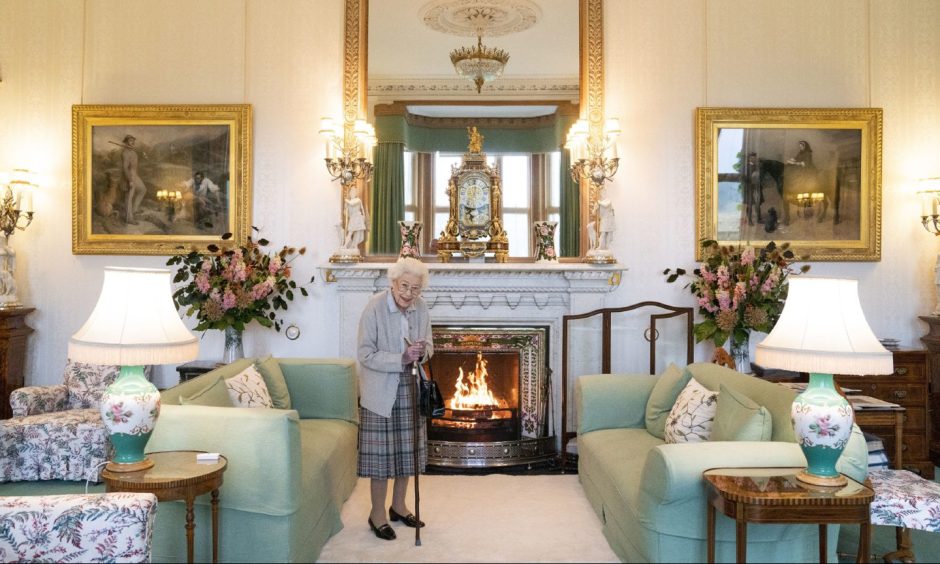
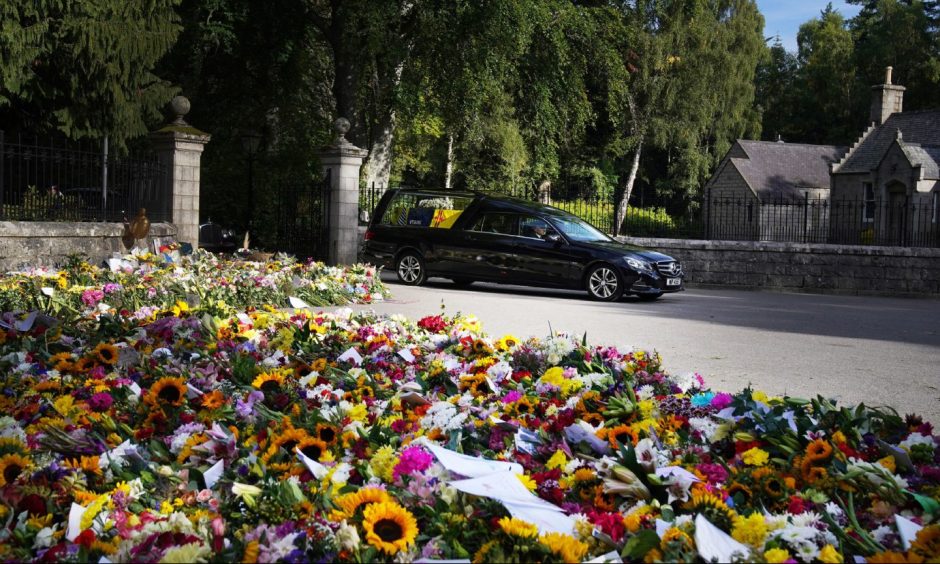
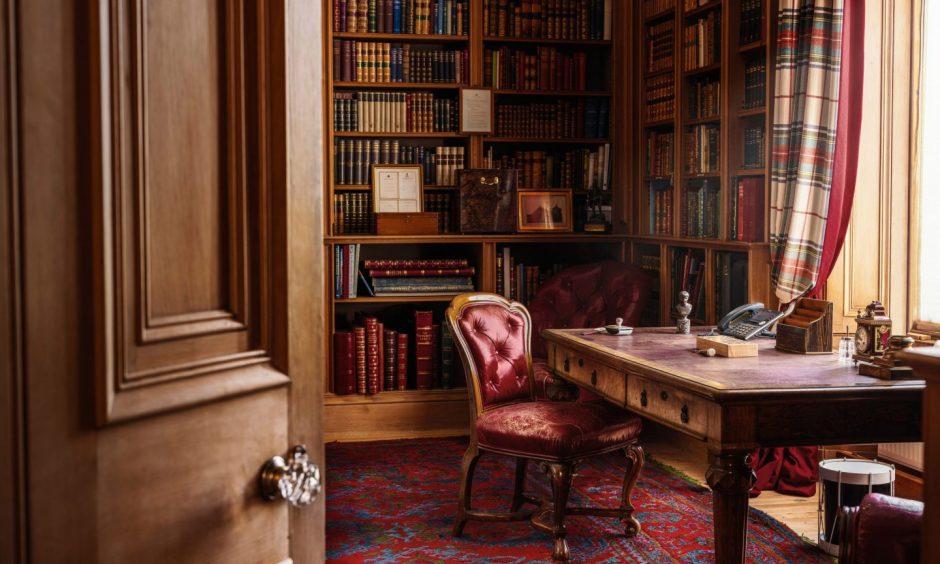
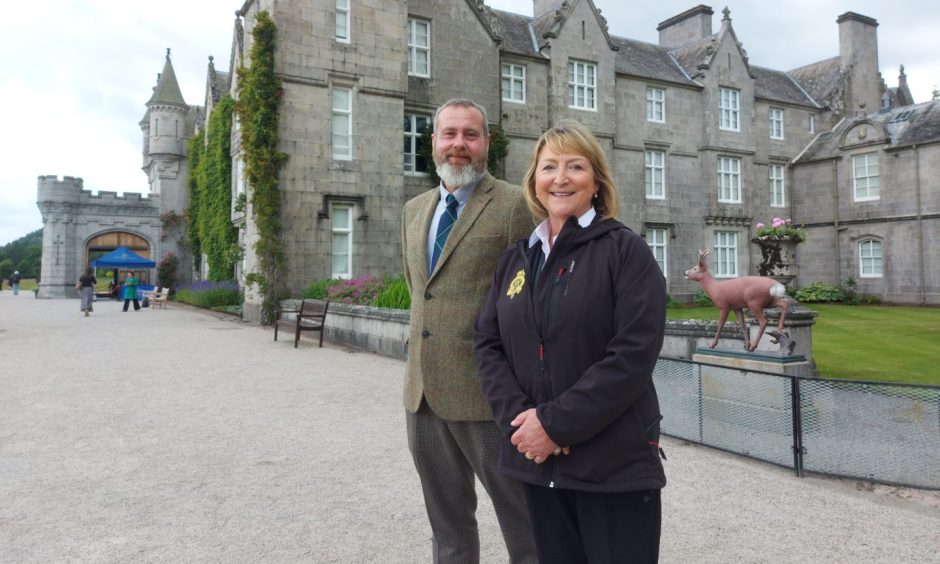
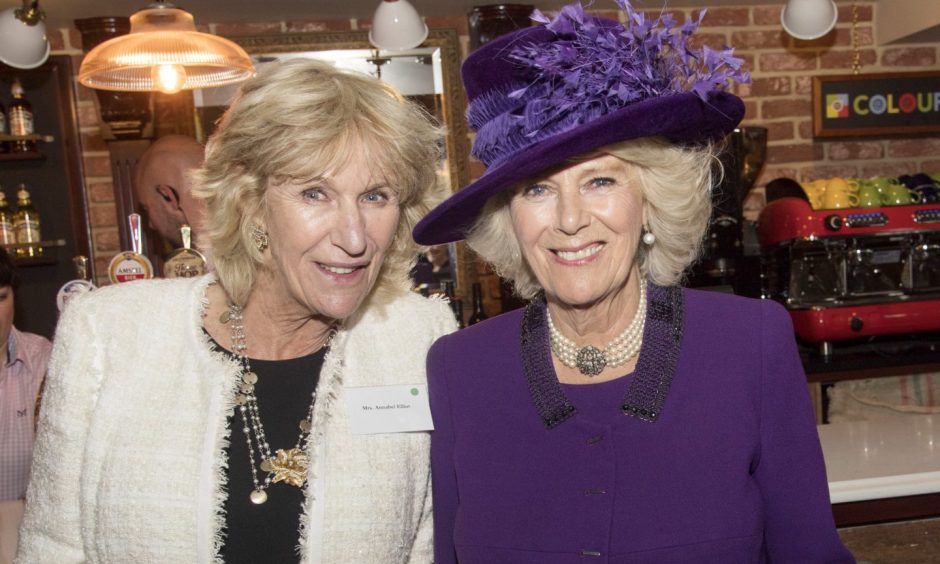
Conversation